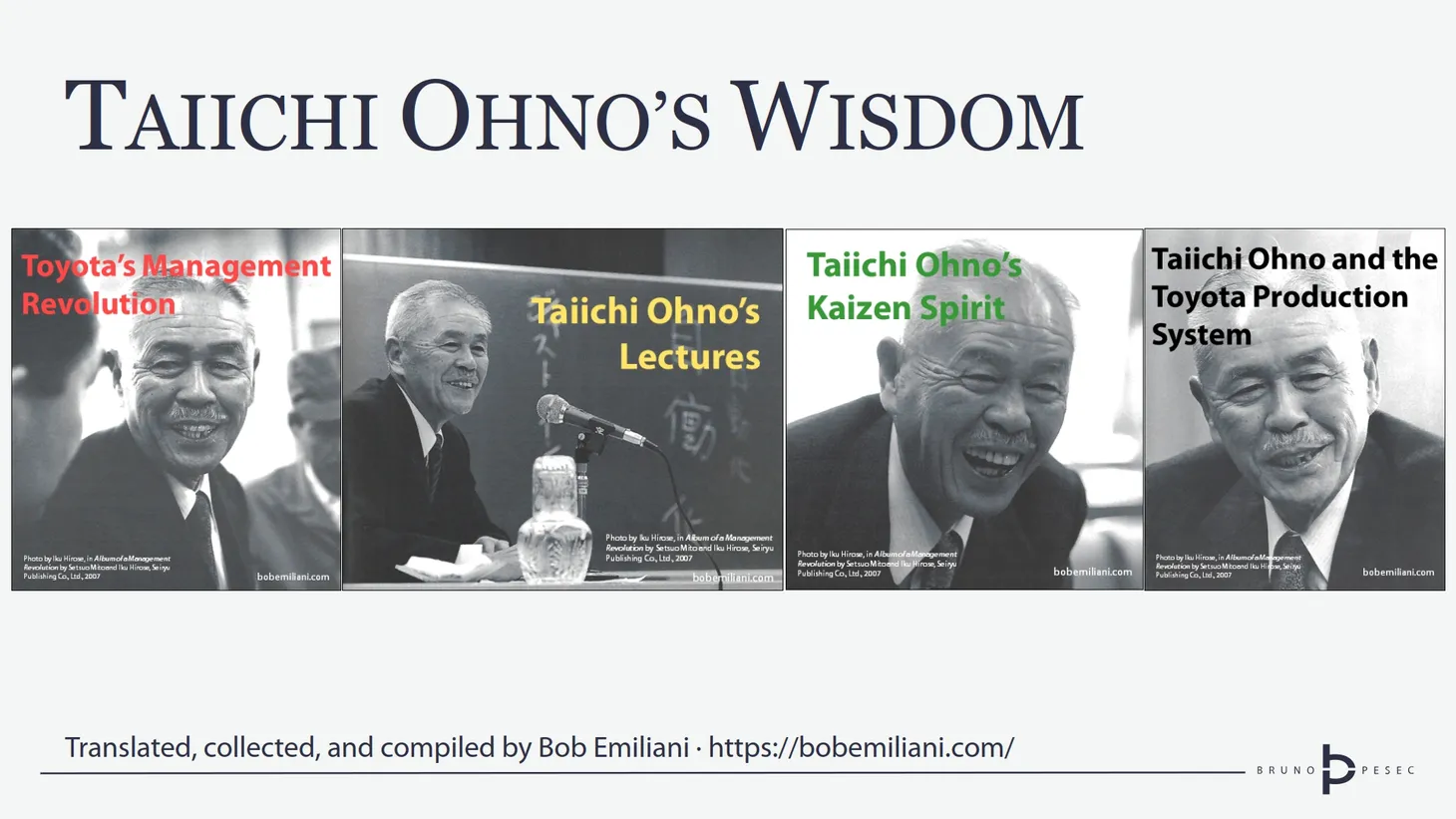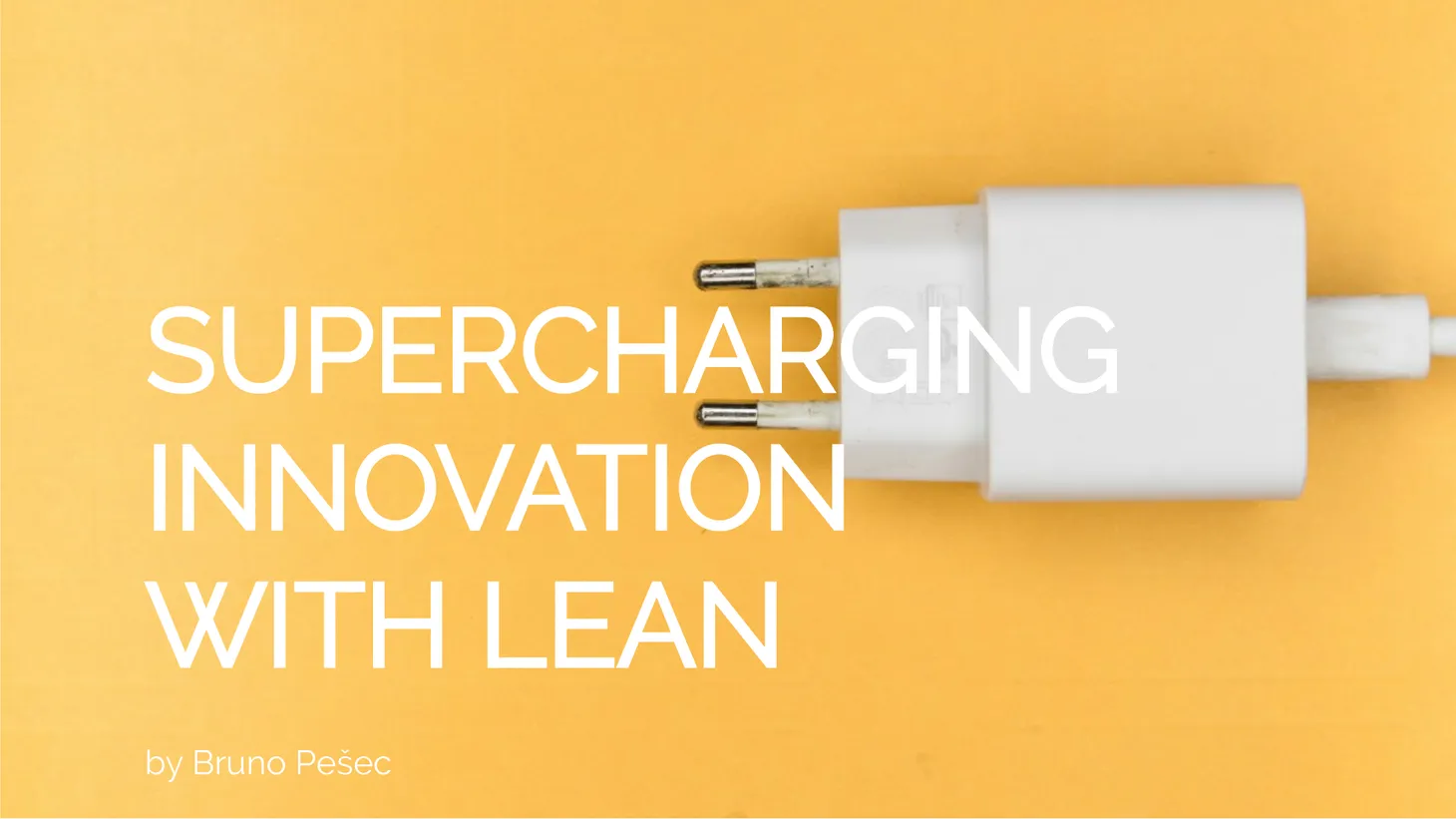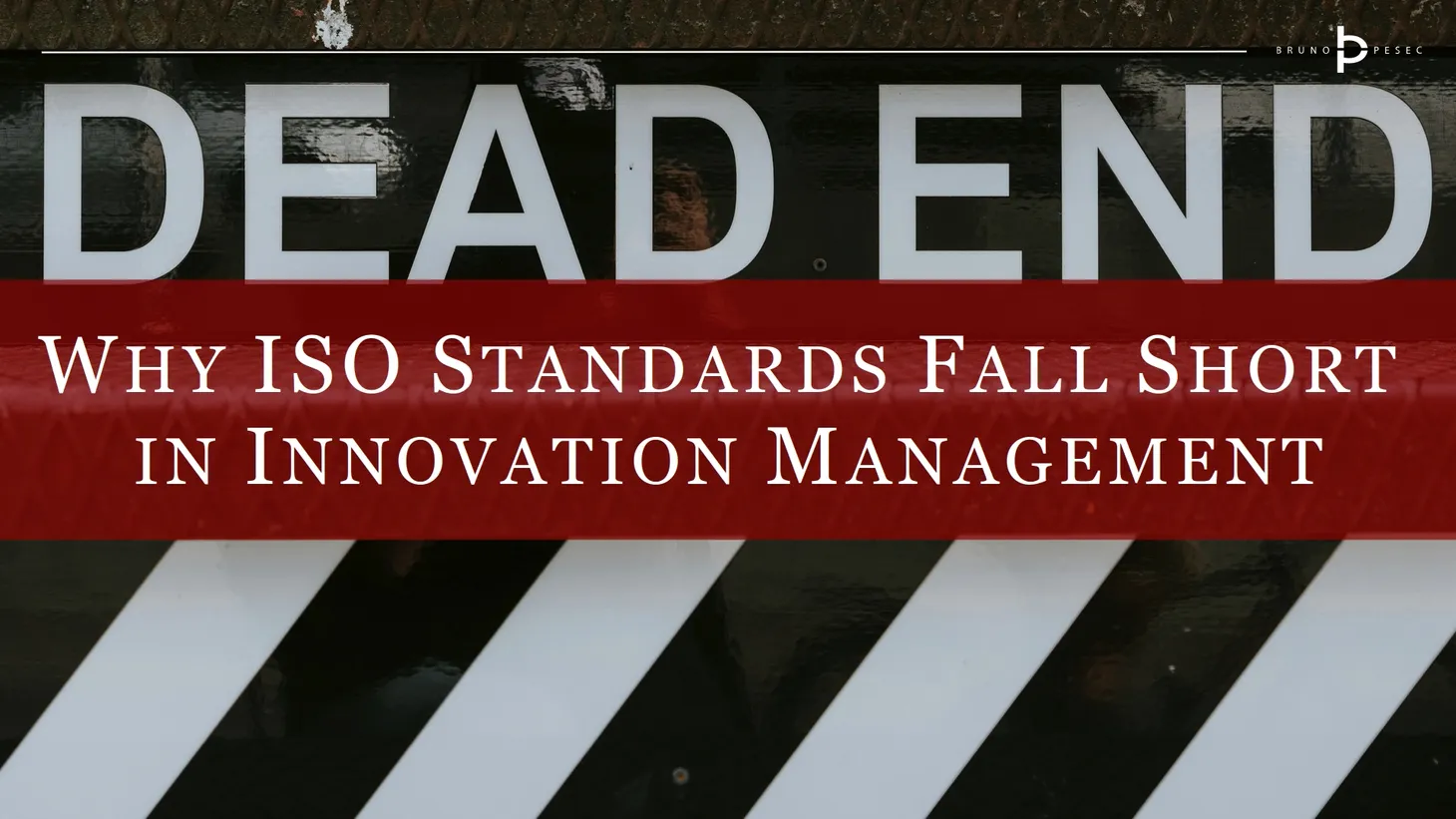Lean Six Sigma: in-depth comparison
In-depth comparison of Lean and Six Sigma across thirty one elements.

Salah et al. (2010) compared lean thinking and Six Sigma on the basis of following:
- Development
- Leadership
- Principles
- Features
- Staff roles
- Definition
- Complexity
- Operation
- Teams
- Focus
- Gap Identification
- Inventory
- Practices
- Production
- Design
- Techniques
- Mapping tools
- Analysis vs action
- Tools examples
- Certification
- Training
- Rewards
- Change obstacles
- Financial savings
- Link to suppliers
- Culture
- Measures
- Criticism
- COPQ vs waste categories
- Project selection
- Results
They identified similarities in the following elements: development, leadership, principles, features and staff roles.
Differences were identified in the following elements: definition, complexity, operation, teams, focus, gap identification, inventory, practices, production, design, techniques, mapping tools, analysis vs action, tools examples, certification, training, rewards, change obstacles, financial savings, link to suppliers, culture, measures, criticism, COPQ vs waste categories, project selection and results.
It should be noted that there are overlaps in dimensions in which they are different, for example common tools or customer orientation. There is a number of compatible areas, and integration should be considered beneficial.
In-depth comparison
Table below is adapted from Salah et al. (2010):
| Lean thinking | Six Sigma | Notes | ||
| 1. | Development | 1990s lean thinking, based on the TPS | Mid 1980s, Motorola Corporation, later developed by GE | Both have roots traced back to TQM, the evolution of LSS started in the 2000s |
| 2. | Leadership | Top-down approach focusing on trusting people skills and empowerment | Uses a top-down approach | Both emphasize commitment and support of top management |
| 3. | Principles | Value, value stream, flow, pull, perfection | VOC, financial impact and defect elimination, capability and stability, DMAIC, CTQ and COPQ, aligning customer needs with goals, obtaining necessary resources to lead change, using standard measurements and appropriate metrics, deploying teams and setting stretch goals | |
| 4. | Features | A project management approach with an implementation plan put by team during future VSM | Uses a project management approach with an improvement plan from the improve phase | Both have a project management based on teams lead by change leaders; both involve planning, brainstorming and executing |
| 5. | Staff roles | Kaizen leader, value stream owner and Sensei | Executive sponsor, champion, master black belt, bet belt, green belt | |
| 6. | Definition | An antidote for waste | An organized, parallel-meso structure to reduce variation in organizational process by using improvement specialists, a structured method, and performance metric with the aim of achieving strategic objective | A methodology that helps companies achieve better cost, quality, speed, customer satisfaction and higher rates of |
| 7. | Complexity | Much simpler methodology that is easier to understand and implement | More scientific, data-based and structured approach to process control, quality building and problem solving | It is claimed that lean is art whereas Six Sigma is science; however, there is an art and science element in both |
| 8. | Operation | More emphasis on heavier involvement of all people, majority of applications aimed at manufacturing and assembly | Lead by Belt with limited involvement of others, majority of applications aimed at engineering or operations | It is argued lean is more suitable for blue collar and Six Sigma is for white collar, an integrated approach should |
| 9. | Teams | Grouping of teams, more emphasis on cross-functional teamwork | Uses individual teams | Value stream owners work across departments, belts may or not (scope is usually |
| 10. | Focus | Major end-to-end core business processes using product family matrix, different than Six Sigma in terms of focus, flow and speed of information or products, learning to see, system efficiency | Key processes driven by VOC, process alignment, statistical control, stability, accuracy and defects, not always on flow optimization, becoming rigorous, process effectiveness | Lean focuses on customer value; Six Sigma focuses on CTQ; both focus on customer satisfaction and better financial results; both work on speed and variation at |
| 11. | Gap Identification | Uses VSM as a way to understand the VOC | Some organizations use balanced score cards that show gaps using key performance indicators | Both, however, lack a formal link with strategic planning and policy deployment |
| 12. | Inventory | A waste that needs to be minimized | Not necessarily a focus | Waste is classified into certain types in lean clarified better than in Six Sigma |
| 13. | Practices | Uses VSM of current and future phases and Kaizen events | Described as a well-structured CI approach following DMAIC phases, often uses flow charts | Both apply to production and business processes; both are state-of-the-art proven methodologies |
| 14. | Production | Focuses on efficiency | Focuses on reducing variation | Overproduction (often rewarded in Six Sigma) is a waste in lean like inventory; Lean is preferable to mass production (producing more often increases waiting times, work imbalance and prevents product flow) |
| 15. | Design | Focused more on production processes not new product design, uses VSM to design a new enterprise | Uses DMADV or DFSS for the design of new products or processes | Six Sigma uses DFSS or DMADV for product design whereas lean uses other tools; Lean principles apply to new product development |
| 16. | Techniques | Tools are mainly analytical, no practice linking quality and mathematics to diagnose problems but uses basic formulas to identify demand and other parameters | Tools are analytical, statistical and advanced statistical | A lot of tools and techniques are interchanged between the two; both criticized for focusing on outdated processes and metrics |
| 17. | Mapping tools | Uses VSM for high-level maps (which includes a lot of valuable information and data) and process flow charts for low-level mapping | Uses SIPOC high-level map (including CTQ) and simulation process flow charts | Lean uses VSM which is static in nature unlike simulation in Six Sigma that is more suitable for dynamic environments |
| 18. | Analysis vs action | Effectively promotes CI using Kaizen events, more revolutionary thinking | Focuses on extensive data analysis | However, Six Sigma has rapid improvement techniques such as workout at GE and Lean has some data analysis tools |
| 19. | Tools examples | Kaizen events, visual workplace, Kanbans, 5S, etc. | Design of experiments (DOE), hypotheses testing and measurement system analysis (MSA) | Both use mistake proofing as one of the common tools |
| 20. | Certification | To be certified, a lean facilitator needs to lead an end-to-end system change from current to future state using VSM and Kaizen blitz | To be certified, a green or black belt needs to achieve the financial goals of the project done during training | Lean Six Sigma belts need to enhance their facilitation and change leadership skills as they are expected to expand their teams to involve more people in their projects |
| 21. | Training | Costs less money to train somebody and targets almost everyone in the organization, lean drives superior organizational learning | Structured and focused on belts who create an implementation infrastructure, less focus on wide teams, more intensity in the training of full-time improvement individuals, some organizations started setting up introductory white and yellow belt levels to target all people | Start up of a Six Sigma program in an organization might be costly especially for small- and medium-size organizations (which is not the case for VSM in lean); Six Sigma draws more from quantitative science whereas lean draws more from behavioural science when looking at the training and certification requirements of some organizations LSS training need to be integrated where one methodology is taught and not two |
| 22. | Rewards | Bonuses are tied to project results but it is more challenging to quantify project savings as they may take longer times or be soft, proper low-level metric may not be easily found and higher-level metrics may be influenced by other non-controllable factors, group celebrations occur at end of Kaizen events | Belts are usually explicitly recognized and rewarded with bonuses and promotions based on project results; however, they may risk missing the wider view where their projects success may not be of benefit as the most critical problem may lie elsewhere | There is more incentives and career development focus in Six Sigma |
| 23. | Change obstacles | Main obstacles is culture Kaizen events create rapid short-term changes, success depends on team's mind-set and to create value, very important to empower, communicate, coach and listen, resistance is less if people feel they are involved | Main change obstacle is the lack of understanding, success depends on skills of belts to create value and diligence with less focus on the team members who meet for few times during projects | Success of both requires cultural change; Lean requires overcoming the paradigm of mass production; it is less difficult to re-engineer and evaluate breakup of an organization using Six Sigma as the team is more independent of the processes under consideration; choosing a cross-functional team representing all process steps is a strong asset for successful change in both |
| 24. | Financial savings | Results can be intangible, more challenging to quantify savings, more soft part-time savings, a different look at cost savings and inventory than in traditional financial systems | Results are tangible, less challenging to quantify savings and introduce incentives, tracks savings on a project by project level | Both result in quick initial returns followed by incremental returns |
| 25. | Link to suppliers | Engages suppliers, helps them improve, certifies them and cooperates with a few strategic partners | Targets supplier only if they are CTQ of process under investigation | Linking Six Sigma to suppliers was identified as a success factor needed for its implementation; however, there is generally just as much focus on them in lean |
| 26. | Culture | Sets up a waste elimination culture engaging all people to focus on activities adding value from the customers view, Focuses on a one-piece flow | Sets up a culture that focuses on improvement of processes to achieve less defects and better financial gains, focuses on variation reduction | Lean engages people into CI, focuses on training them to see waste, find its causes and empowers them to implement changes; focuses on teamwork and seeing more than one's task; Six Sigma encourages a CI culture using an approach of a project after another |
| 27. | Measures | Primarily simple, non-financial and operational; time-based measures are essential | Measures are primarily financial and cost-oriented, but are often driven by other management strategies | There is more focus on bottom line results in Six Sigma |
| 28. | Criticism | Putting lots of pressure on people, however, does a better job in engaging people; provides more principles than tools or methods | Not focusing on people and culture, may be challenging to find data needed for analysis and solutions found may be expensive; over detailed, aiming at an absolute goal that is not always appropriate, difficult to stick with the rigour of the approach and focusing on tools more than problems; Long-term shift of 1,5 σ in process mean found in Motorola, not all processes behave such a way | In the house of competitiveness proposed by Kovach et al. (2005), it is claimed that both are not enough as they fail to deal with innovation and flexibility and thus they need agile manufacturing and DFSS , respectively |
| 29. | COPQ vs waste categories | Seven types of waste: over-production, waiting, transportation, inappropriate processing, inventory, unnecessary motions and defects | Four categories for COPQ: appraisal, prevention, internal and external failure | Some consultants add waste of re-prioritization and people's skills to the list of wastes in lean |
| 30. | Project selection | VSM including numerous product families is selected; VSM results in projects such as Kaizen events, Six Sigma projects, just do it, etc. | The rights reside with management to ensure financial and strategic implications are considered | In Lean Six Sigma, project selection starts with the proper selection of VSM with biggest rate of return on invested resources |
| 31. | Results | Some examples are: quality improvement, reduction of inventory, lead time, cycle time and waste, and improvement of people morale | Examples: reduction of defects, higher efficiency and higher recovery; uses sigma-level metric to evaluate process capability; has a better effectiveness record; Helped reduce defects and operation costs and increase shareholder and customer value; GE claimed Six Sigma savings of hundreds of millions of dollars and this success helped spread it | Both share same objective of solving problems, improving current, and reducing waste and cycle times; similar to lean, Six Sigma projects can improve process cycle time but lean also improves total lead time; three most important lean indicators are: inventory turns, lead time and percentage of documented production procedures; experience showed that combining lean with Six Sigma can help companies achieve up to 80% reduction in lead time, 20% reduction in quality and overhead costs, and over 99% on-time delivery |
Synergies
Pepper & Spedding (2010) identify following synergies between lean thinking and Six Sigma:
| Lean thinking | Six Sigma |
|---|---|
| Establish methodology for improvement | Policy deployment methodology |
| Focus on customer value stream | Customer requirements measurement, cross-functional management |
| Use a project-based implementation | Project management skills |
| Understand current conditions | Knowledge discovery |
| Collect product and production data | Data collection and analysis tools |
| Document current layout and flow | Process mapping and flowcharting |
| Time the process | Data collection tools and techniques, SPC |
| Calculate process capacity and takt time | Data collection tools and techniques, SPC |
| Create standard work combination sheets | Process control planning |
| Evaluate the options | Cause-and-effect, FMEA |
| Plan new layouts | Team skills, project management |
| Test to confirm improvement | Statistical methods for valid comparison |
| Reduce cycle times, product defects, changeover time, equipment failures, etc. | Seven management tools, seven quality control tools, design of experiments |
Concluding remarks
Challenge for Lean Six Sigma is the consensus on the integration model, as there is no widely accepted integrated methodology (Salah et al., 2010; Proudlove et al., 2008). Pepper & Spedding (2010) point out balance as a key concept in the integration of lean thinking with Six Sigma.
Furthermore, if integration is conducted as superior-inferior relation, there is high risk of ineffective outcome (Bendell, 2006). Organisations should take holistic approach to Lean Six Sigma, where lean thinking and Six Sigma mutually reinforce each other.
In a follow-up article we will look into deploying Lean Six Sigma projects.
References
Bendell, T. (2006). A review and comparison of Six Sigma and the lean organisations. The TQM Magazine, 18(3), 255–262.
Kovach, J., Stringfellow, P., Turner, J., & Cho, B. R. (2005). The house of competitiveness: The marriage of agile manufacturing, design for Six Sigma, and lean manufacturing with quality considerations. Journal of Industrial Technology, 21(3), 1–10.
Pepper, M. P. J., & Spedding, T. A. (2010). The evolution of lean Six Sigma. The International Journal of Quality & Reliability Management, 27(2), 138–155.
Proudlove, N., Moxham, C., & Boaden, R. (2008). Lessons for Lean in healthcare from using Six Sigma in the NHS. Public Money and Management, 28(1), 27–34.
Salah, S., Rahim, A., & Carretero, J. A. (2010). The integration of Six Sigma and lean management. International Journal of Lean Six Sigma, 1(3), 249–274.
This article is a part of Lean Six Sigma series:



Bruno Unfiltered
Subscribe to get the latest posts delivered right to your inbox. No spam. Only Bruno.





